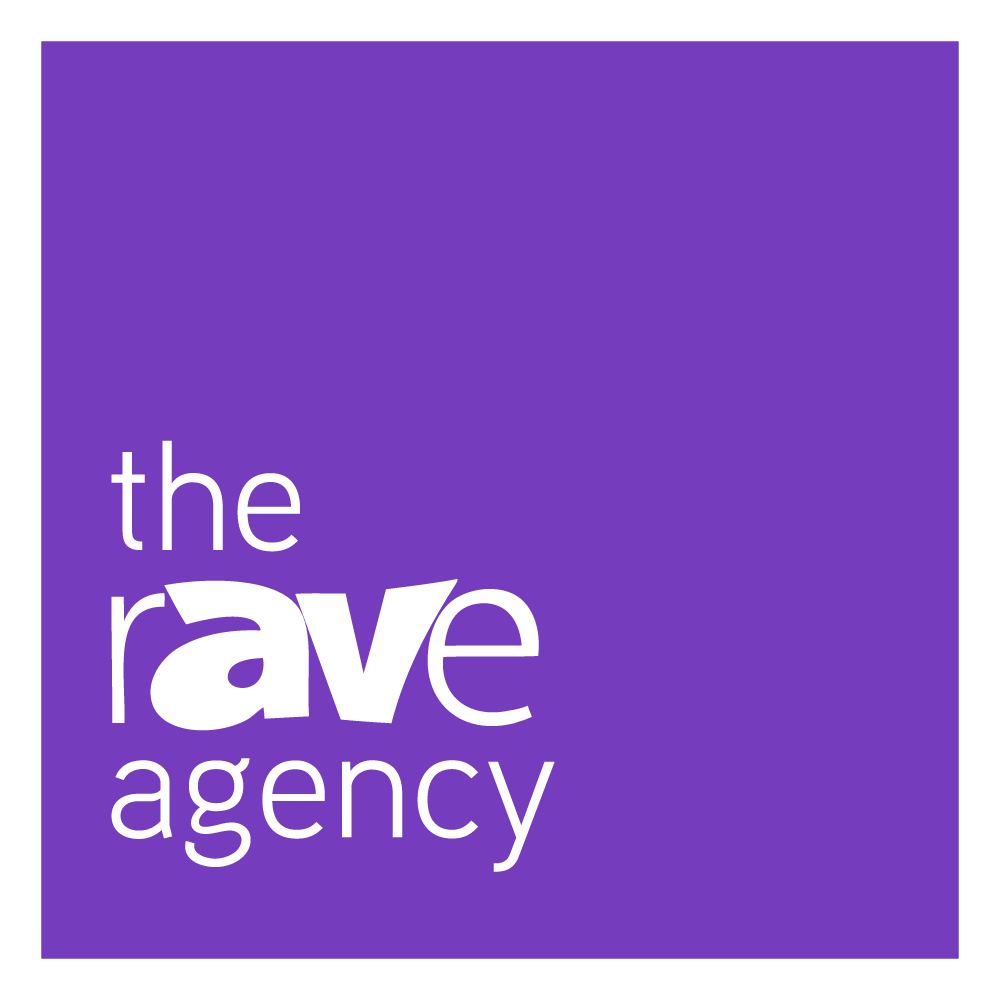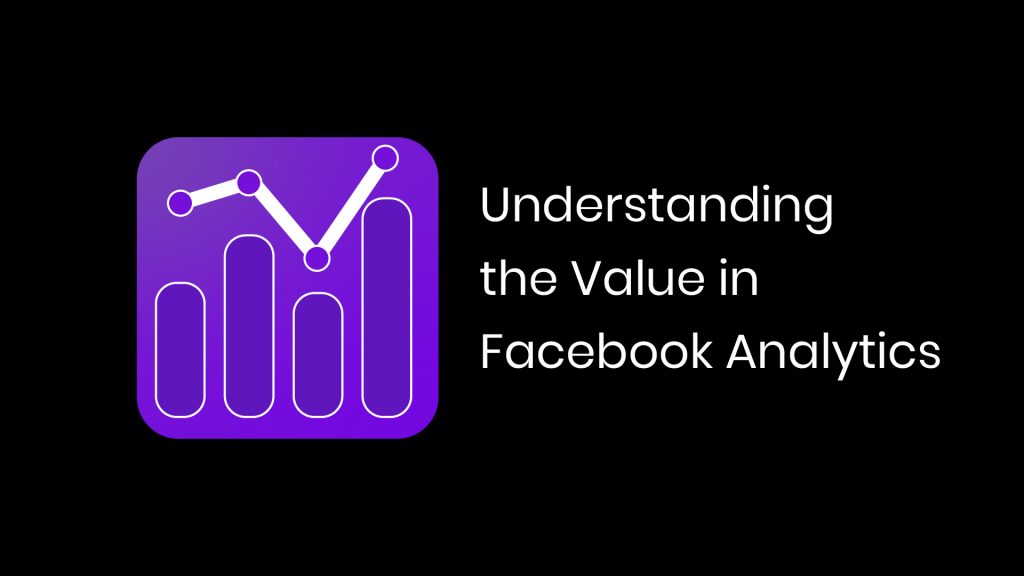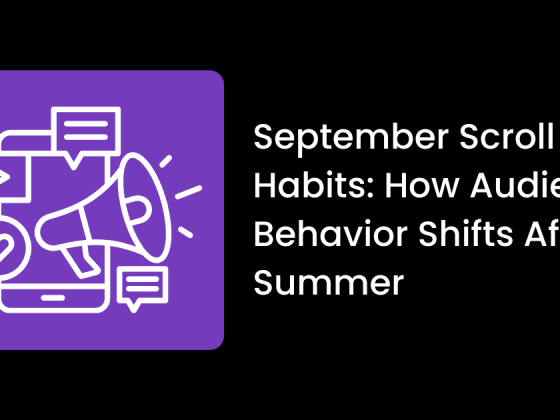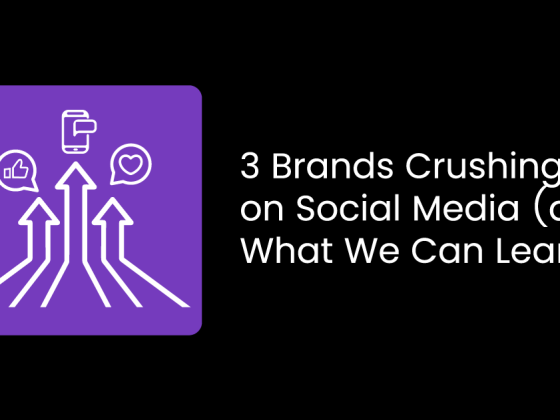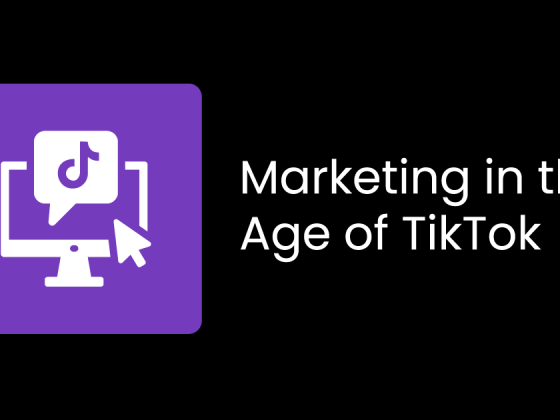Facebook is, by far, the largest of all the social networks. With 2.74 billion monthly active users, Facebook has become a hard-to-ignore platform for businesses to reach potential customers. Facebook is the third-most-visited website, behind Google and YouTube, and adult users in the U.S. spend an average of 34 minutes per day on the platform.
According to Hootsuite, Facebook clicks on searches for local business increased 23% from February to May 2020. Like a personal Facebook profile, a Facebook for Business page can send and receive messages, post updates, receive notifications, and like, share or comment on content from other personal or business Facebook pages. A Facebook for Business page can help connect a company with potential customers and provide essential information about the business, products, services and special events.
Because every social media platform is unique, Facebook requires a different content strategy than LinkedIn, Twitter and Instagram. LinkedIn requires more polished and professional content. Twitter content that performs best is short and uses imagery, GIFs or memes. Instagram often sees images with minimal copy and unique hashtags. Facebook posts, on the other hand, generate the most engagement when they use or feature images, native video, live video or giveaways. No matter the outlet, the most successful social media posts have a unique brand voice and a strong strategy behind them. If you haven’t developed a strategy for your social media platforms, we outlined specific steps in a recent blog.
Analytics paint an in-depth picture of how your social media strategy is performing. It’s important to track Facebook analytics to optimize your social media goals. To access analytics as a page administrator, visit the company’s page and the menu on the top of the page titled “Insights.” This tab provides metrics, such as page visitors, updates and followers, along with sub-metrics that can help you further analyze the page’s performance. Here are the analytics to keep an eye on and what they mean for a page’s performance:
- Post Reach: The number of times a post was shown to Facebook members on their feeds.
- Page Views: The total number of views on a specific Facebook page, including views by people not logged into Facebook at the time.
- Page Previews: The number of times people hovered their cursor over the link to your business page to preview your content.
- Post Engagement: The total number of likes, comments and shares on an individual post. This is one of the most critical analytics. If the engagement is high, it means the content is catching your audience’s attention.
- Page Responsiveness: An evaluation of how quick (or slow) the page responds to messages. This information is based on the company’s response times — not the user’s.
Improving a company’s Facebook for Business page requires consistent monitoring of the page’s analytics. A successful Facebook page is built from a strong strategy that uses real-time analytics and data.
And remember: Facebook isn’t right for every business. A company needs to be where its customers are and reach them on the platforms where they spend the most time. When a company selects the right social media platforms, it’s easier to focus attention and resources on social media experiences that garner the most impact. It’s more important to have a strong social presence on the platforms that matter than to spread a social presence across too many networks with less meaningful content.
If you’re looking for additional help in developing a social media sales strategy, rAVe [CREATE] has proven success in social media marketing for the AV industry.
